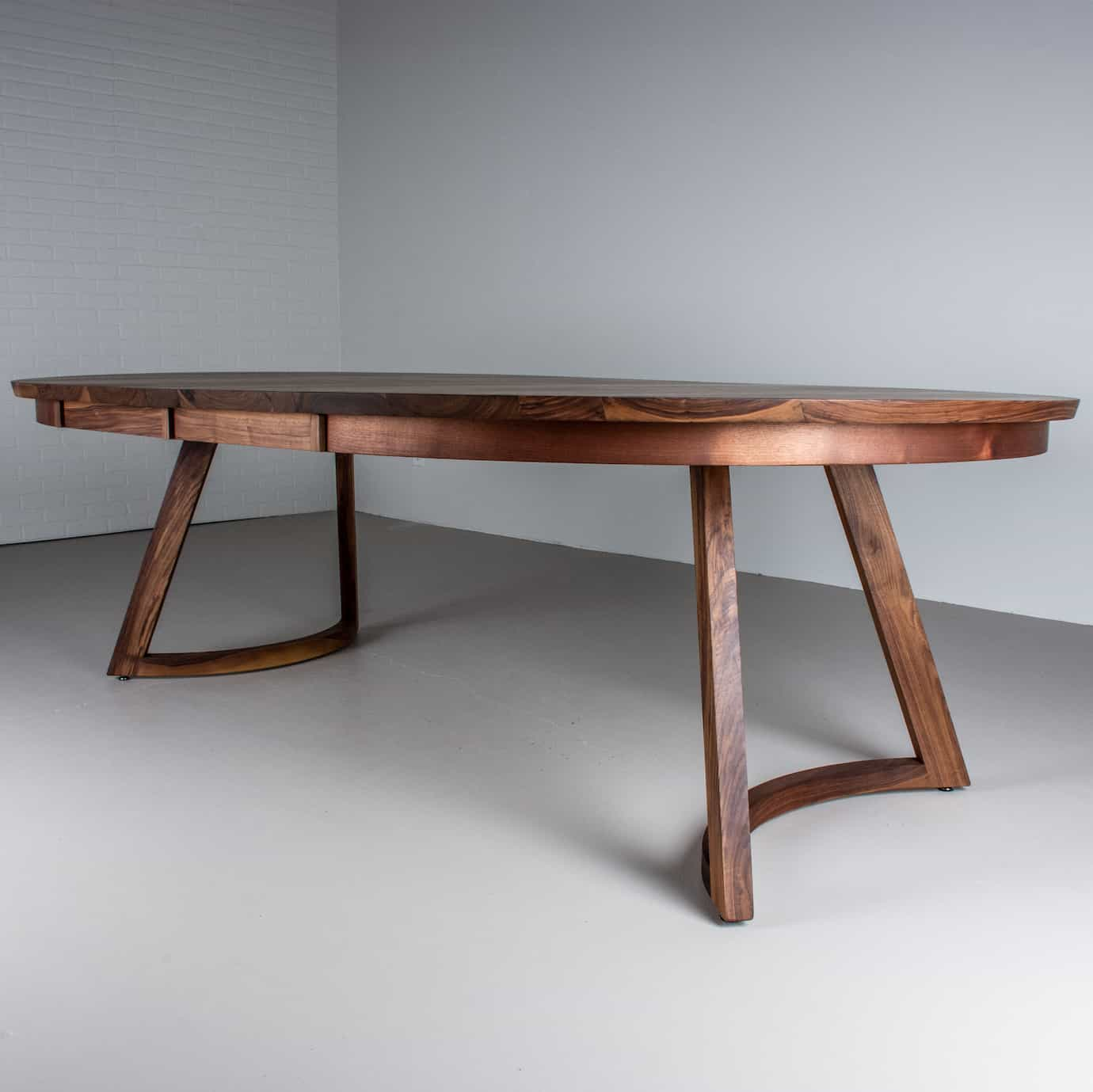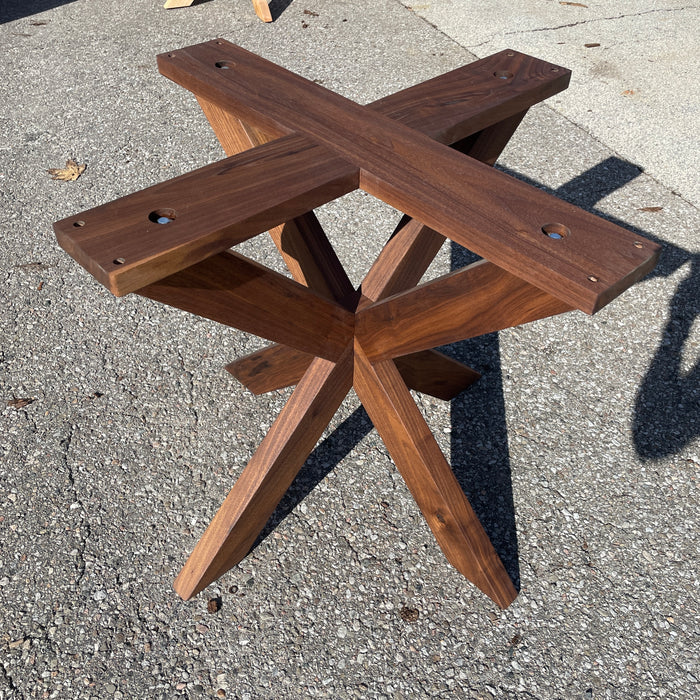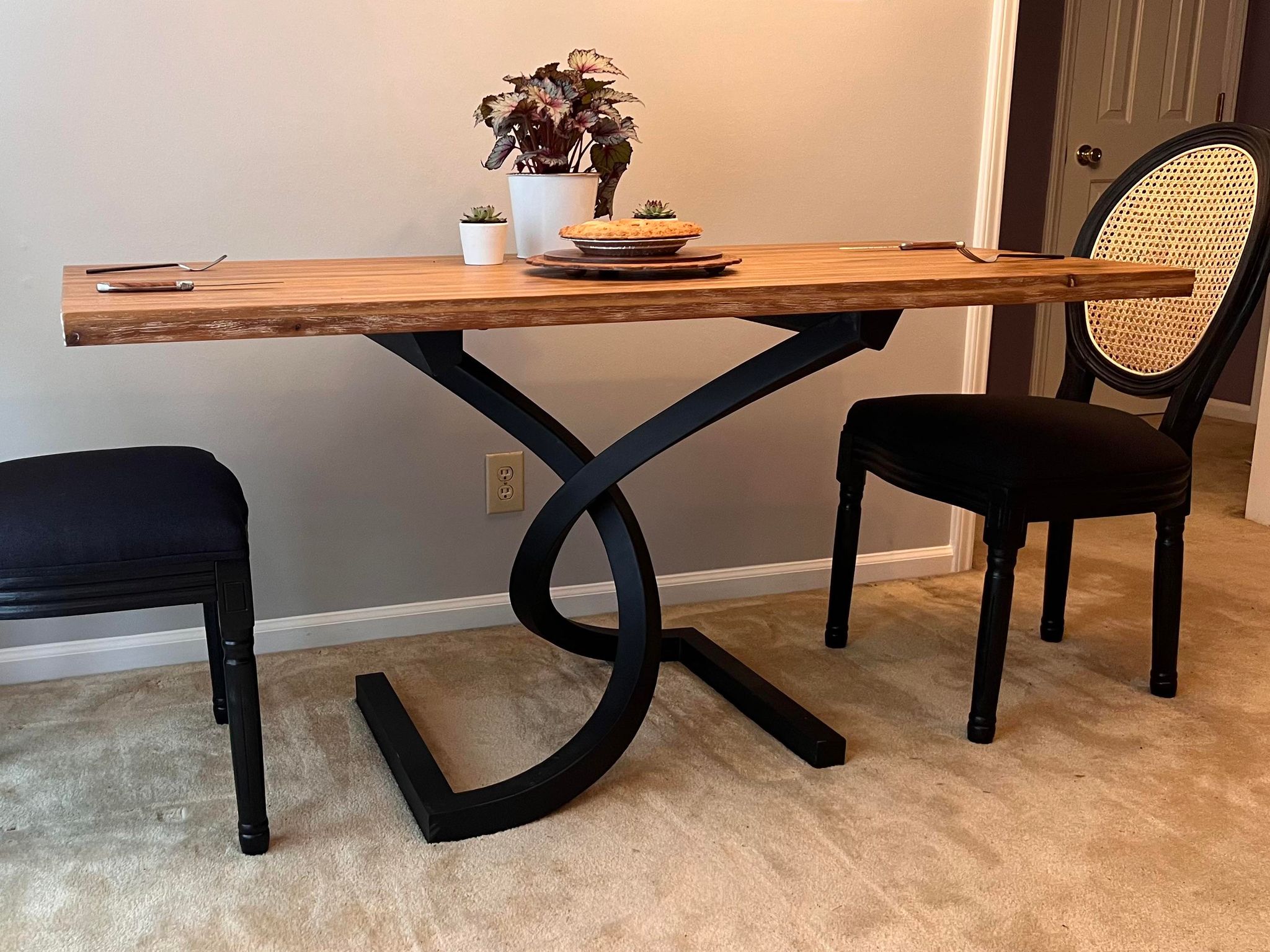Exploring the Different Kinds Of Eating Table Legs Wood for Your Dining Room
The choice of eating table legs timber can greatly influence both the useful and aesthetic qualities of your eating space. Strong wood alternatives, such as oak and walnut, supply a classic look with unequaled longevity, while crafted wood choices provide cutting-edge layouts that resemble the splendor of all-natural grains.
Solid Timber Options

Unlike engineered products, solid wood is much less prone to bending and damages over time when correctly maintained. Each item of strong wood is special, showcasing individual characteristics that add to the charm and character of the dining table.
Furthermore, strong timber can be ended up in various methods, ranging from natural oils to stained finishes, enabling property owners to personalize their furniture to match their decor. In recap, selecting solid wood for eating table legs not just makes certain architectural stability however also improves the visual allure of the eating area, making it a worthwhile financial investment for any kind of home.
Engineered Wood Alternatives

Plywood, created from several layers of wood veneer, is particularly strong and steady, making it an exceptional option for dining table legs. Its split make-up enables it to endure changes in moisture and temperature level much better than standard solid timber. MDF, on the other hand, offers a smooth surface area for painting or veneering, allowing designers to attain a sleek look while keeping structural stability.
Particleboard, usually utilized in economical choices, offers suitable stamina and is light-weight, making it simpler to deal with. However, it might not be as durable as plywood or MDF. It is important to take into consideration the intended use and wanted aesthetic when choosing crafted wood options. These products not just enhance the performance of eating areas yet also enable better layout adaptability, making sure that standard and modern designs can coexist harmoniously.
Reclaimed Wood Features
Reclaimed wood offers a distinct mix of sustainability and character, making it an increasingly popular choice for eating table legs. Sourced from old barns, manufacturing facilities, and various other frameworks, recovered timber embodies a history that new materials just can not replicate. Each piece carries its very own story, marked by distinct imperfections, knots, and differing grain patterns, which add to a table's special visual appeal.
In addition to its aesthetic beauty, redeemed wood is an environmentally pleasant alternative. By repurposing formerly utilized products, it reduces the need for new lumber, thus helping to lessen and save woodlands waste. This lines up with an expanding customer choice for sustainable methods in decor.
In addition, recovered wood is typically much more sturdy than newly gathered wood because of its age. The all-natural drying out process that recovered wood undertakes results in a denser and stronger product, making it much less vulnerable to bending and splitting. This improves the longevity of dining tables, allowing them to endure the roughness of everyday use.
Softwood vs. Wood
When picking eating table legs, recognizing the differences between softwood and wood is vital for attaining both aesthetic and practical use this link objectives. They typically display an even more rustic appearance, making them ideal for country-style or informal eating areas.
On the various other hand, hardwoods, sourced from deciduous trees like cherry, oak, and maple, are renowned for their density, toughness, and sturdiness. The elaborate grain patterns and rich colors of hardwoods give a timeless and advanced allure, making them optimal for formal eating setups. While hardwoods often tend to be extra pricey and much heavier, their durability versus wear and tear usually justifies the financial investment.
Inevitably, the selection between softwood and wood for eating table legs must align with your design vision, use needs, and spending plan, ensuring that your eating area shows your personal style while continuing to find be useful with time.

Surfaces and Therapies
The aesthetic appeal and durability of dining table legs can be substantially enhanced with numerous coatings and therapies. These processes not only safeguard the wood from damage but also boost its appearance, enabling it to complement diverse indoor designs.
One typical treatment is staining, which passes through the wood and boosts its all-natural grain while including shade. Spots offer a rich, sophisticated look, enabling homeowners to match their furnishings with existing decoration. On the other hand, clear coatings such as polyurethane or varnish create a protective layer without modifying the timber's initial tone, making sure resilience against damage.
Furthermore, natural oils, like tung or linseed oil, nourish the wood and supply a subtle you can try these out shine, all while being environment-friendly. These oils enable the surface area to breathe, stopping wetness build-up and prospective warping.
For those looking for a rustic appeal, weather-beaten or distressed coatings can be put on produce an aged look, including personality to the piece. Inevitably, the option of treatments and finishes relies on individual choice, wanted aesthetics, and the certain wood type, making it vital to consider these aspects when choosing table legs for your area.
Verdict
Strong timbers, engineered options, and recovered options each deal distinct benefits, providing to different choices and needs. Ultimately, the choice of timber kind ought to align with wanted style, sturdiness, and ecological factors to consider, enhancing the general dining experience.
The choice of eating table legs timber can profoundly impact both the aesthetic and functional top qualities of your dining room - Dining Table Legs Wood. Solid timber alternatives, such as oak and walnut, supply a classic look with unrivaled longevity, while engineered wood alternatives offer cutting-edge designs that resemble the splendor of all-natural grains. Solid wood uses an ageless quality that can raise the overall layout of an eating area. Each piece of solid timber is distinct, showcasing private characteristics that add to the beauty and personality of the eating table
Moreover, recovered wood is typically much more durable than freshly collected wood due to its age.